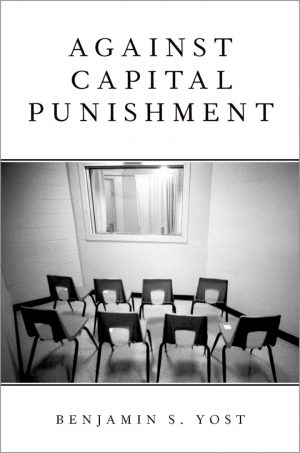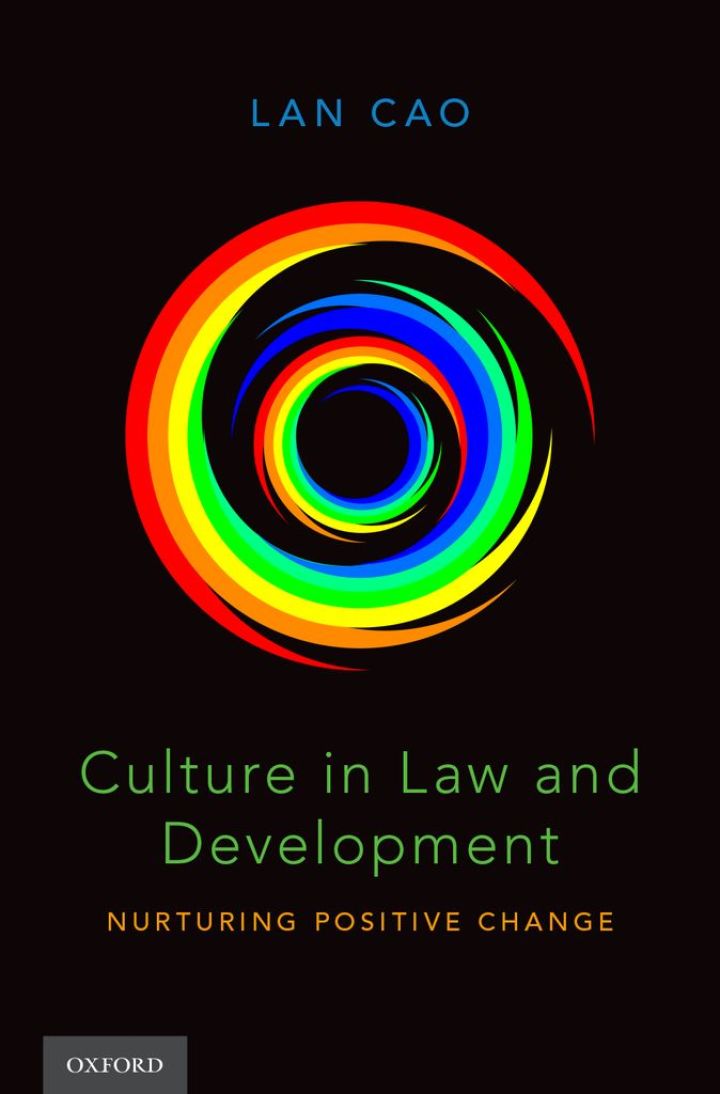Culture in Law and Development Nurturing Positive Change
$48.75
Attention: This is just ebook, Access Codes or any other Supplements excluded! / File Delivery: Sent Via Email within 24 hours!
SKU: 6575e2e83c02
Category: Law Textbooks
Description
-
Author(s)Lan Cao
-
PublisherOxford University Press
-
FormatPDF
-
Print ISBN
9780199915231, 0199915237 -
eText ISBN
9780199915231, 0199915237 -
Edition
-
Copyright
- Details
The growth of international law in the post-World War II era stemmed partly from the belief that universal norms would make life for the entire world’s population safer, more equitable, and more conducive to each person’s acquisition of basic material needs. Starting in the sixties and seventies, some scholars and activists challenged this assumption and established the school of “cultural relativism,” a model that pays deference to local cultural traditions and favors them over international human rights norms. Scholars tried to create and practice a middle-ground approach between universalism and relativism, whereby the most egregious violations would be prevented through assimilating only jus cogens norms into indigenous groups’ existing cultural traditions. Such efforts at combining a few select international norms with local cultural traditions largely failed.Culture in Law and Development presents a provocative new solution to the seemingly intractable problem of combining international norms with local cultural traditions by changing culture through law and development. In this book, Lan Cao demonstrates how the gradual expansion of customary international law (CIL) provides a model for changing culture in ways that protect and advance local populations. The book adopts a holistic view of development and argues that cultural norms that impede the human capabilities of the poor, women, and other marginal groups should be changed. The book reveals how a more conscious, coordinated effort on such change can succeed while non-violative local traditions are otherwise honored and preserved. Cao proposes that cultural change does not have to constitute cultural disrespect, and that local societies only benefit by a careful combination of externally wrought change and internally fostered tradition.
Related products
-

Challenges for Humanitarian Intervention 1st Edition Ethical Demand and Political Reality
Rated 0 out of 5$27.62 Add to cart -

Against Capital Punishment
Rated 0 out of 5$12.35 Add to cart -

Antimonopoly and American Democracy 1st Edition
Rated 0 out of 5$7.80 Add to cart -

Blackstone’s Guide to the Proceeds of Crime Act 2002 5th Edition
Rated 0 out of 5$34.12 Add to cart

